How to Use a Greenhouse: Essential Tips for Maximizing Growth Space
- February 7, 2024
- 0 comment
Imagine you’ve just stepped into the world of greenhouse gardening, or you’re considering taking that leap. Think of a greenhouse not just as a structure of glass and metal but as a sanctuary where your gardening aspirations can take root and flourish.
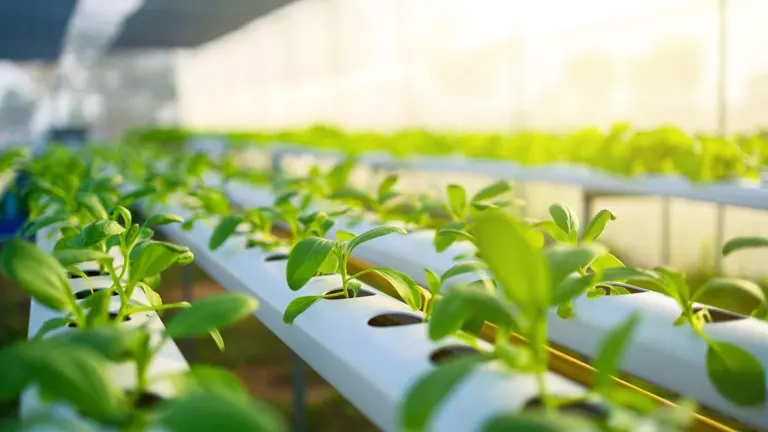
Together, we’ll embark on a journey to transform this space. We’ll weave through practical advice and creative insights, aiming to morph your greenhouse from a basic structure into a vibrant haven of growth and productivity. It’s more than a place for plants to grow—it’s where your green thumb meets innovation, turning your gardening dreams into lush, living realities. Get ready to cultivate not just plants, but a thriving garden oasis that mirrors your passion and dedication.
1. Knowing Why You Want a Greenhouse
Starting your greenhouse journey means understanding why you want one in the first place. A greenhouse is more than just some glass and frames—it’s a commitment to a special way of gardening. Knowing your “why” is the foundation for how you’ll design, use, and care for your greenhouse.
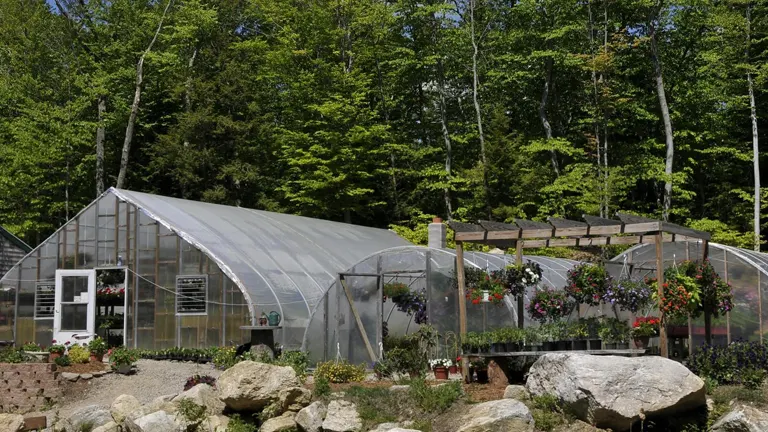
Here’s how you can figure out your greenhouse’s true purpose:
Reflect on Your Gardening Goals
- One of the primary reasons for investing in a greenhouse is to extend the growing season. By controlling the environment, you can start spring planting earlier and keep autumn harvests going longer. If this is your goal, your greenhouse will be a hub of activity, mostly during these transitional periods.
- Perhaps your region experiences harsh weather, be it frost, heavy rains, or scorching sun. A greenhouse can offer a sanctuary for tender plants that need consistent, controlled conditions to thrive.
- Starting seeds in a greenhouse can give your plants a head start. It’s not just about protecting them from the cold but also providing a stable environment for germination and early growth. This is particularly valuable if you’re growing plants with a long growing season or if you’re in an area with a short summer.
- Maybe your passion lies in exotic or tropical plants, which your local climate can’t support year-round. A greenhouse can be your mini oasis, allowing you to dive into the world of unique and rare plant species.
Assess Your Space and Resources
- Your goals will dictate not just the size of the greenhouse but also the type (e.g., lean-to, freestanding) and the materials used (e.g., glass, polycarbonate). For instance, a lean-to greenhouse might be sufficient for starting seeds and housing a few tender plants, while a larger freestanding structure might be necessary for a more extensive year-round garden.
- Consider the resources you’re willing to invest, not just financially but also in terms of time and effort. A greenhouse requires regular maintenance, and the complexity of this maintenance can increase with the sophistication of the greenhouse and the sensitivity of the plants inside.
Tailor Your Greenhouse to Your Goals
- If your focus is on starting seeds and hardening off young plants, your greenhouse might be filled with benches, shelves, and perhaps a propagation area with specialized heating mats or grow lights.
- For those aiming to extend the growing season for vegetable production, the interior might include larger planting areas with raised beds or large containers, alongside systems for heating, cooling, and perhaps even supplemental lighting.
- If your dream is to cultivate exotic plants, your greenhouse might resemble a mini rainforest, with attention paid to not just temperature but also humidity, shading, and perhaps even a misting system to replicate tropical conditions.
2. Getting the Direction Right
The way your greenhouse faces can make a huge difference. If you set it up to face east-west, you’re in for a treat because it means your plants will get lots of sunlight, especially when it’s colder in winter and they really need that extra warmth.
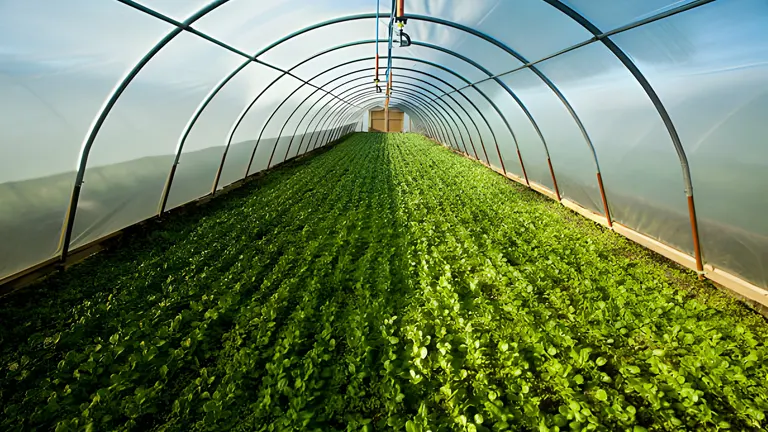
But it’s not just about which way it faces. Knowing how the sun moves over your greenhouse during the day and throughout the year helps you decide the best spots for different plants. Think of the side where the sun shines the most as the ‘front’ and the less sunny side as the ‘back.’ This makes it easier to organize everything and makes sure your plants get the light they need to grow well.
3. Planning Your Space Smartly
Creating specific zones within your greenhouse based on sunlight exposure and your botanical ambitions is key to cultivating a thriving garden:
a. The Back (Shaded Area)

The back part of your greenhouse doesn’t get as much sun, which is perfect for plants that need a gentle start (like when they’re just coming out of being seeds) or for those that don’t like too much direct sunlight. Raise these plants up on a shelf or bench so they’re not hidden behind the ones at the front. This makes it easier to take care of them and stops them from getting too shaded. Underneath the shelf, you’ve got the perfect spot to keep all your gardening bits and pieces like pots, soil, tools, and anything else you need. It’s super handy to have everything right there where you need it.
b. The Front (Sunlit Area)

The front part is where the sun loves to shine, making it just right for plants that enjoy the warmth and light. Here, you might want to have beds right in the soil or maybe use big pots for growing sun-loving veggies and fruits like peppers, tomatoes, or okra. This spot is like a little sunny holiday for your plants, letting them grow for longer and giving you a taste of what it’s like to have a garden that keeps going even when it gets a bit chilly outside. This part of your greenhouse is really special because it helps you grow more and enjoy gardening for more of the year.
4. Making the Most of Up High Space
Don’t forget to look up when you’re in your greenhouse! The space above is perfect for growing more plants. Most greenhouses have plenty of height, up to eight feet or more.
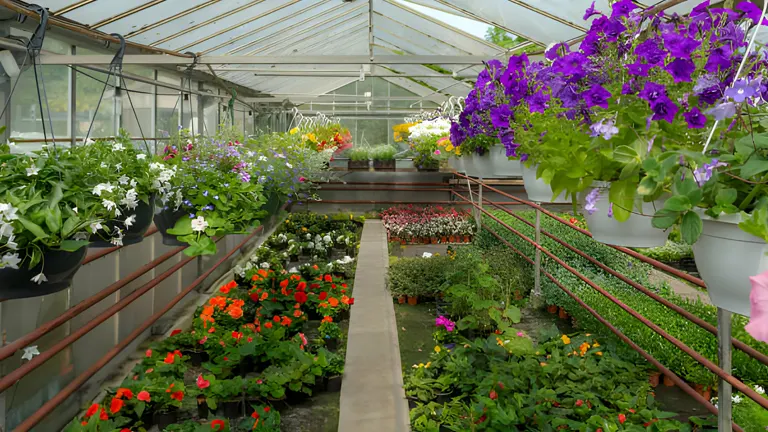
Why not use that space? You can hang pots from the ceiling or let climbing plants wind their way up. This way, you’re not just growing plants on the ground—you’re growing them in the air too! It’s a smart way to fit more plants into your greenhouse and it makes your space look really cool, like a green jungle from top to bottom.
5. Keeping Things Cozy with Water
Keeping your greenhouse at the ideal temperature can be quite the balancing act, especially during those unpredictable seasons like early spring and late autumn. But guess what? Water can be your secret weapon! Here’s a pro tip: place big 55-gallon barrels filled with water inside your greenhouse. Paint them black to soak up as much sun as possible.
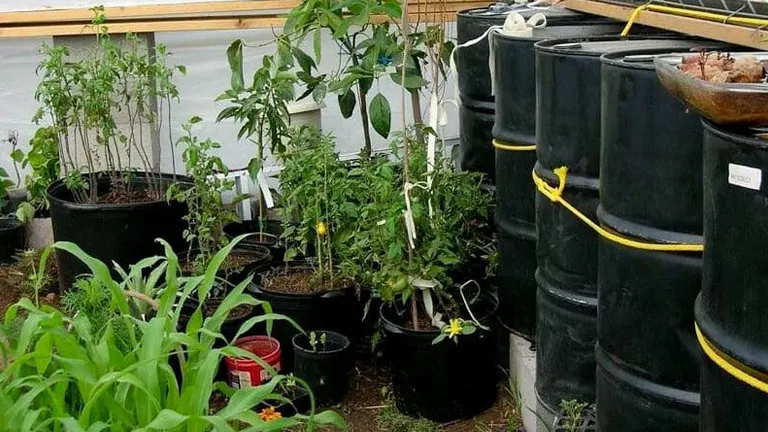
These barrels absorb heaps of warmth during the sunny hours and then slowly release it when it gets cooler, acting like cozy, natural heaters during the chilly nights. Place these sun-loving barrels in spots where they’ll catch a lot of light, perhaps at the back or along the sides of your greenhouse. This simple but smart method is a game-changer, helping you maintain a steady, warm environment for your plants without breaking the bank.
6. Be Ready to Change Things Up
When you’re setting up your greenhouse, it’s smart to think ahead and be ready to change things as you go. Your plants will need different things as they grow and as the seasons change.
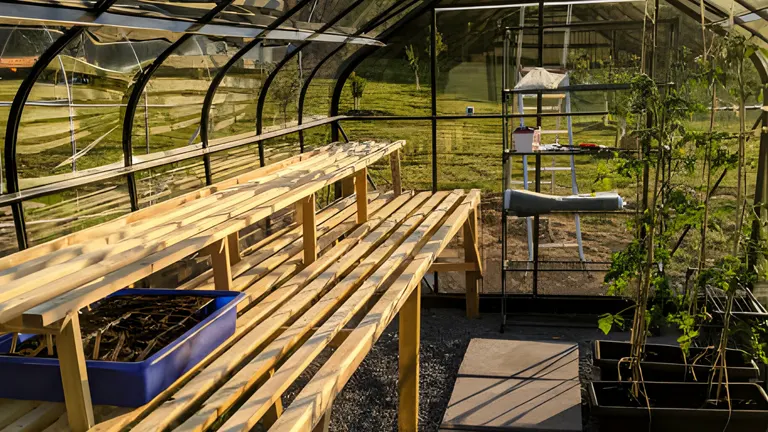
It’s like having a room where the furniture can move and change. Use shelves, pots, and planters that you can move around or adjust. This way, your greenhouse can keep up with your plants, changing and growing just like they do.
7. Putting Plans into Action
Now that you’ve got a solid plan, it’s go time! Kick things off by building the essentials—set up tables, create beds, and install shelving.
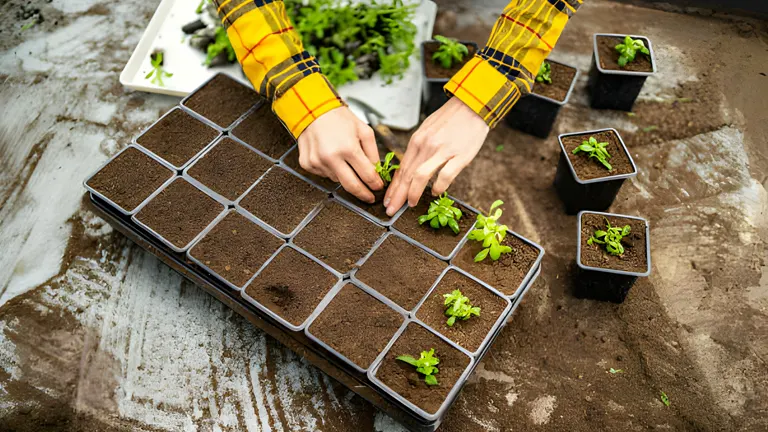
Once your space is set up, begin introducing your plants, carefully considering each one’s unique requirements and how they fit into your overall greenhouse goals. It’s all about turning those plans into a living, thriving green space.
A greenhouse is more than a garden accessory; it’s a microcosm of life, a controlled environment where you, as the gardener, play a pivotal role. With thoughtful planning, strategic layout, and a deep understanding of your plants’ needs, your greenhouse can become a year-round sanctuary of growth and productivity. Here’s to your greenhouse journey, a blend of science, strategy, and, most importantly, passion. Happy gardening!
FAQs
- Can I use my greenhouse to grow plants that aren’t native to my region?
Absolutely! One of the joys of greenhouse gardening is the ability to create a microclimate. This means you can grow tropical plants in colder regions or cultivate alpine plants in warmer areas. It’s all about managing the temperature, humidity, and light to suit your exotic plants. - How can I make my greenhouse eco-friendly?
Consider using rainwater collection systems for irrigation, solar panels for powering heating mats or grow lights, and using natural pest control methods. Incorporating recycled materials for pots and benches can also reduce your carbon footprint. - What’s the best way to prevent pests in my greenhouse?
Good air circulation, proper spacing of plants, and regular cleaning can prevent pest infestations. Introducing beneficial insects like ladybugs or using neem oil can offer natural, chemical-free pest control solutions. - Can a greenhouse be automated?
Yes, modern greenhouses can be equipped with automated systems for watering, temperature control, and even opening windows or shades. These systems can be controlled via smartphone apps, making it easier to manage your greenhouse conditions, even when you’re not physically there. - What are some unusual plants I can try growing in my greenhouse?
Experiment with exotic varieties like passion fruit vines, chocolate (cacao) plants, or even your own coffee plant! Greenhouses provide the perfect environment to experiment with plants you wouldn’t normally grow in your local climate. - How do I use my greenhouse during the off-season?
Your greenhouse can be a year-round asset. In the colder months, use it to protect perennials, start seeds early for the spring, or even grow cool-season crops like kale and spinach. Some gardeners also use this time to repair or upgrade their greenhouse structures. - Can greenhouses be used for more than just growing plants?
Definitely! While the primary function is plant cultivation, greenhouses can also be serene retreats for meditation or yoga, surrounded by your lush, green companions. Some even use their greenhouses as outdoor dining spaces, enjoying meals amidst their thriving plants.
Jump into our greenhouse chat and become a key part of our growing community. Whether you’re a garden guru or just beginning your greenhouse journey, your stories and tips are incredibly welcome. Share your smart space ideas, your growing wins, and those oops moments we all learn from. Each shared snippet helps our gardening community thrive, making this a warm, friendly spot for greenhouse lovers at every level. Let’s grow this together, creating a lively, helpful space for all greenhouse enthusiasts!

David Murray
Forestry AuthorI'm David Murry, a forestry equipment specialist with a focus on chainsaw operation. With over 13 years of experience, I've honed my skills in operating and maintaining a wide range of machinery, from chainsaws to log splitters. My passion for the outdoors and commitment to sustainable forestry drive my work, which emphasizes safety, efficiency, and staying updated with industry advancements. Additionally, I'm dedicated to sharing my expertise and promoting environmental awareness within the forestry community.

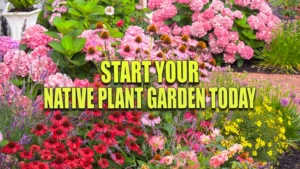
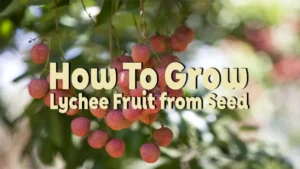


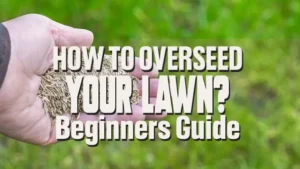
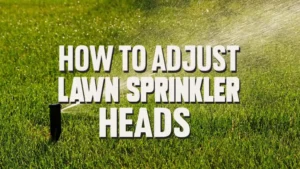



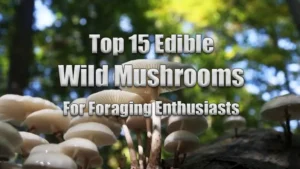
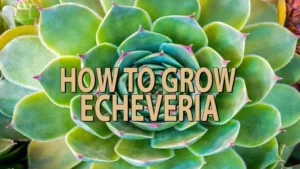

Leave your comment